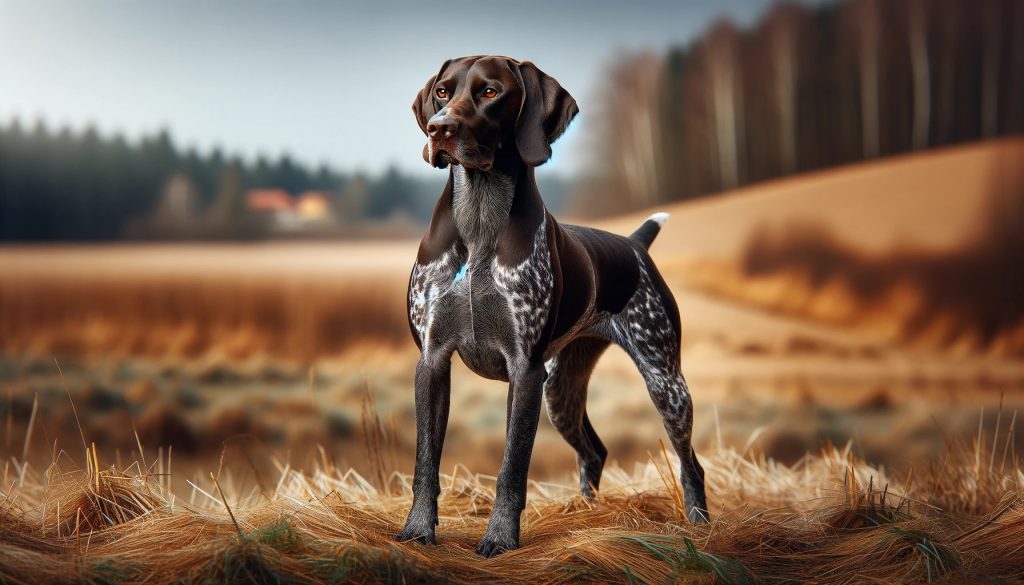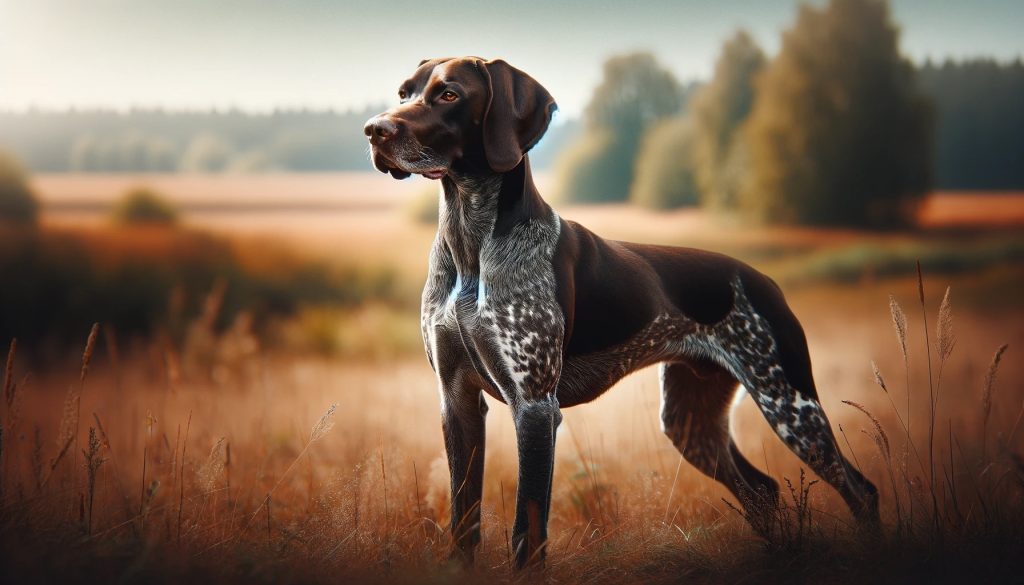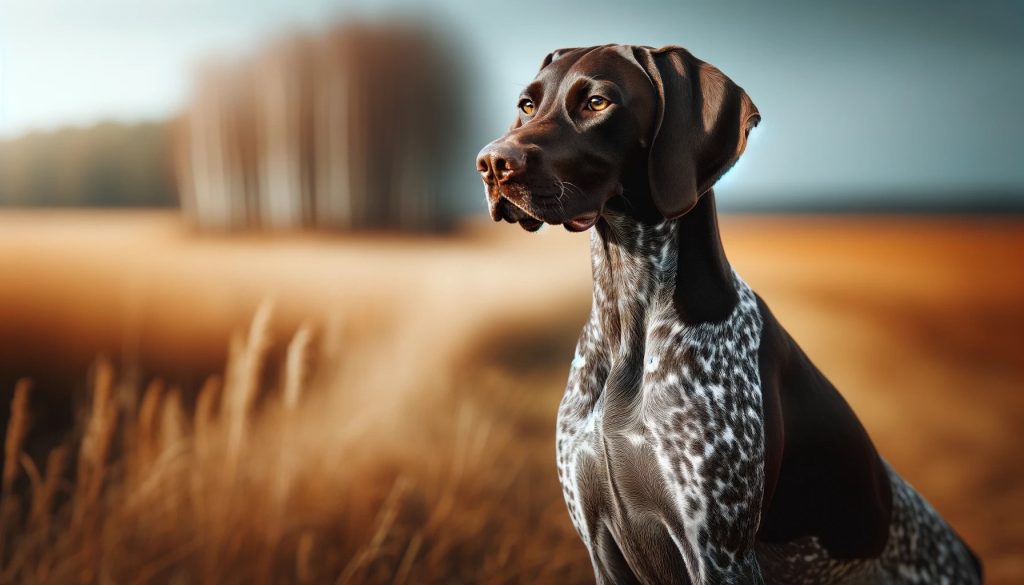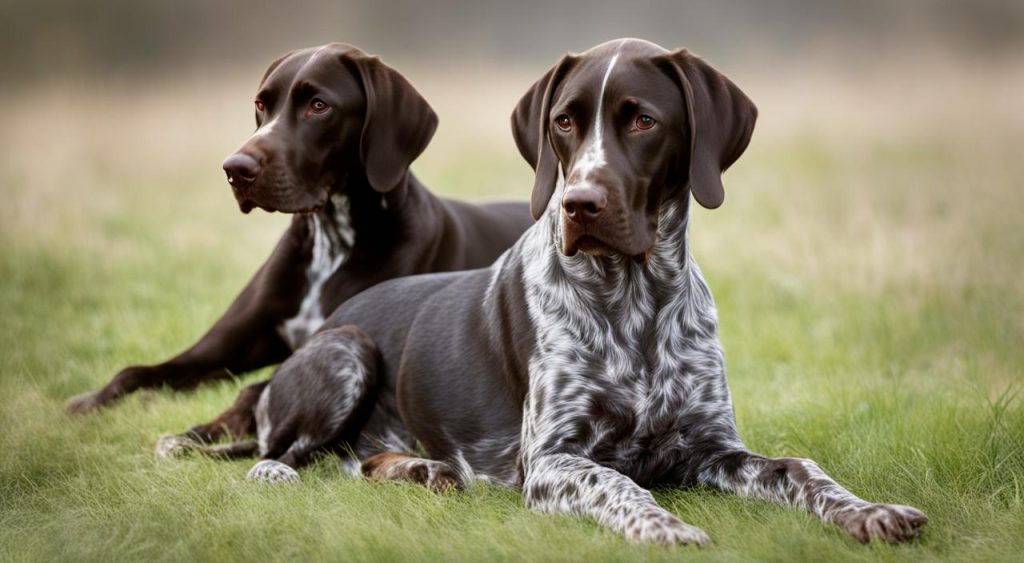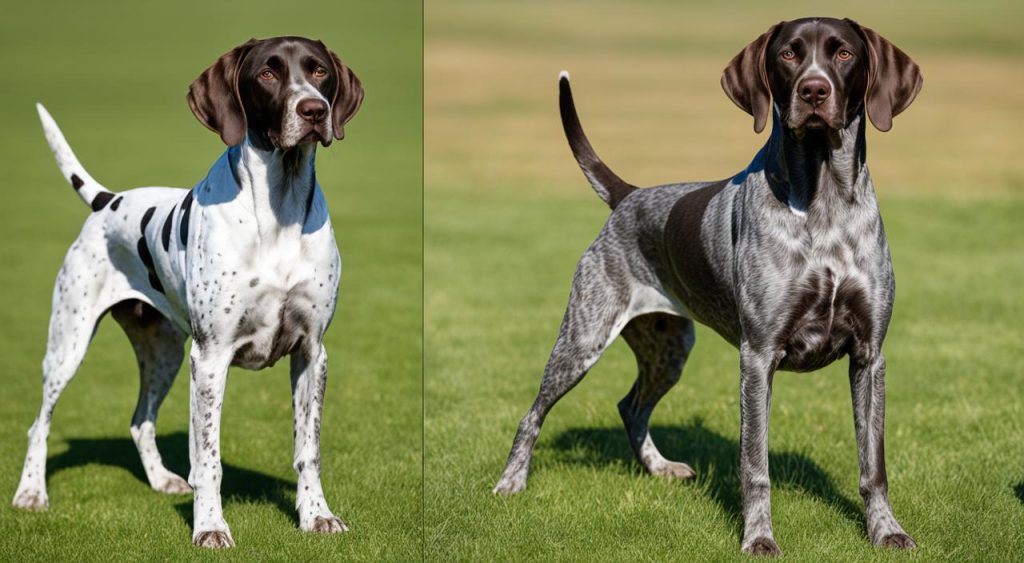Are you considering getting a German Shorthaired Pointer as a new addition to your family? Before making a decision, it is important to understand the potential drawbacks and challenges that come with owning this breed. While German Shorthaired Pointers are intelligent and loyal dogs, they may not be suitable for everyone.
One of the main concerns with German Shorthaired Pointers is their high prey drive. They were bred to hunt small game, and as a result, they have a strong instinct to chase. This can make it difficult to have small animals or toy dog breeds in the same household. Additionally, German Shorthaired Pointers have a tendency to jump when excited, which can pose a risk for small children or elderly family members.
Another factor to consider is their energy level. German Shorthaired Pointers have an endless supply of energy and require vigorous daily exercise and mental stimulation. If their exercise needs are not met, they may engage in destructive behaviors. They also take a long time to mature and may exhibit puppy-like energy well into adulthood.
Training a German Shorthaired Pointer can be a challenge as well. While they are intelligent dogs, they can also be willful and easily distracted. Consistent and patient training is essential, and it should begin at an early age and continue throughout their lives. Without proper training, they may exhibit disobedient behavior.
Considering all of these factors, it’s important to weigh the pros and cons before deciding to get a German Shorthaired Pointer. While they can make excellent companions for active and dedicated individuals or families, they may not be the best fit for everyone.
Key Takeaways:
- German Shorthaired Pointers have a high prey drive and may not be suitable for households with small animals or toy dog breeds.
- They have an endless supply of energy and require vigorous daily exercise and mental stimulation.
- Training a German Shorthaired Pointer can be challenging, requiring consistency and patience throughout their lives.
- Consider the risks associated with their jumping tendency, which can pose a risk to small children and elderly family members.
- Before getting a German Shorthaired Pointer, carefully evaluate the time, effort, and commitment required to meet their exercise and training needs.
High Prey Drive
German Shorthaired Pointers are known for their high prey drive, which can pose training difficulties and potential risks. These dogs have a strong instinct to hunt and chase small animals, making it challenging to have other small pets in the same household.
While it is possible to train German Shorthaired Pointers not to chase, it requires consistent and early training. Dogs from hunting lines may have a more ingrained prey drive and may struggle more with resisting the urge to chase small animals.
It is important to note that when their prey drive is triggered, German Shorthaired Pointers may not differentiate between prey and non-prey animals. This further emphasizes the potential risks of their prey drive.
Before getting a German Shorthaired Pointer, it is crucial to carefully consider their high prey drive and the training challenges associated with it.
Energy and Exercise Requirements
German Shorthaired Pointers are known for their high energy levels and require regular exercise to keep them physically and mentally stimulated. They are not a breed that can be satisfied with a simple walk around the block. Instead, they need vigorous activities such as running, swimming, and hiking to burn off their excess energy.
Exercise needs of German Shorthaired Pointers: To meet the exercise needs of a German Shorthaired Pointer, it is recommended to provide them with at least 60-90 minutes of exercise every day. This can be achieved through activities that allow them to run and play freely, such as off-leash time in a securely fenced area. Daily walks should be supplemented with more intense exercise sessions to fully tire them out.
Mental stimulation for German Shorthaired Pointers: In addition to physical exercise, German Shorthaired Pointers also require ample mental stimulation. This breed thrives when given tasks or jobs to do, as they enjoy having a purpose. Engaging them in activities such as agility training, obedience training, or puzzle toys can help keep their minds sharp and prevent boredom.
Without proper exercise and mental stimulation, German Shorthaired Pointers may exhibit destructive behaviors. They may resort to chewing furniture, digging up the yard, or even climbing fences in an attempt to release their pent-up energy. Therefore, it is crucial for potential owners to understand the commitment required to meet the exercise and mental stimulation needs of a German Shorthaired Pointer before bringing one into their home.
Training and Behavioral Aspects
Training a German Shorthaired Pointer can be both rewarding and challenging. These intelligent dogs have a natural independence that can make training a bit more difficult compared to other breeds. They have their own ideas and may not always comply with your commands. Patience, consistency, and positive reinforcement are key when it comes to training these energetic and spirited dogs.
Starting obedience training at an early age is crucial to instilling good behavior and manners. German Shorthaired Pointers respond well to structured training programs that provide clear guidelines and boundaries. This breed benefits from obedience training, which helps establish a strong bond between the dog and owner.
Keep in mind that training doesn’t stop after puppyhood. German Shorthaired Pointers need ongoing mental stimulation and enrichment to keep them engaged and prevent boredom. Regular training sessions, interactive play, and puzzle toys can all contribute to the mental well-being of your German Shorthaired Pointer.
It’s important to understand that training a German Shorthaired Pointer requires time and commitment. You’ll need to invest patience, consistency, and plenty of positive reinforcement to shape their behavior and establish a strong bond. With the right approach, you can channel their independence into a well-behaved and obedient companion.

